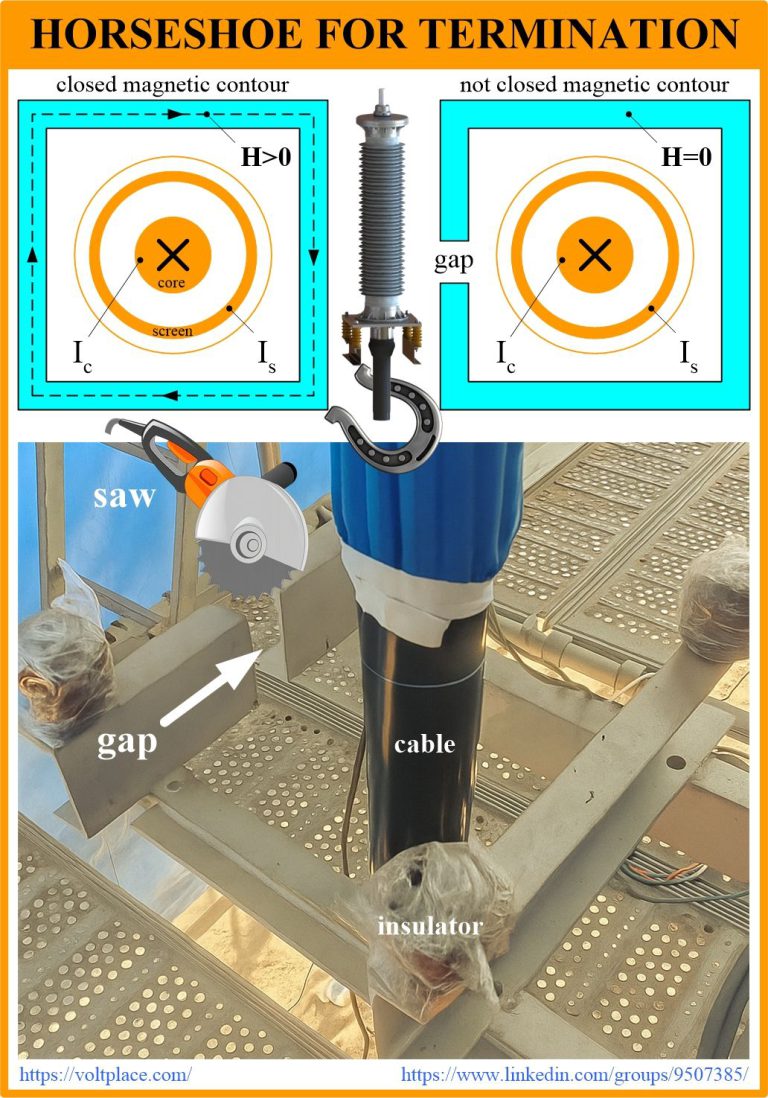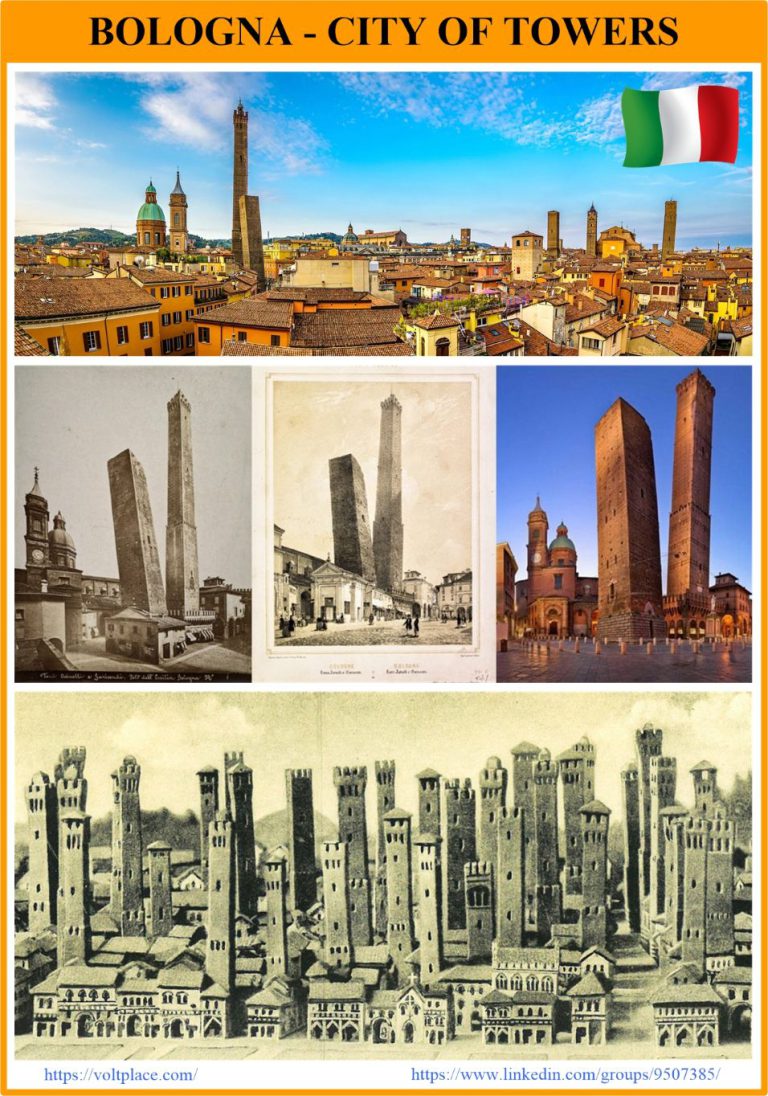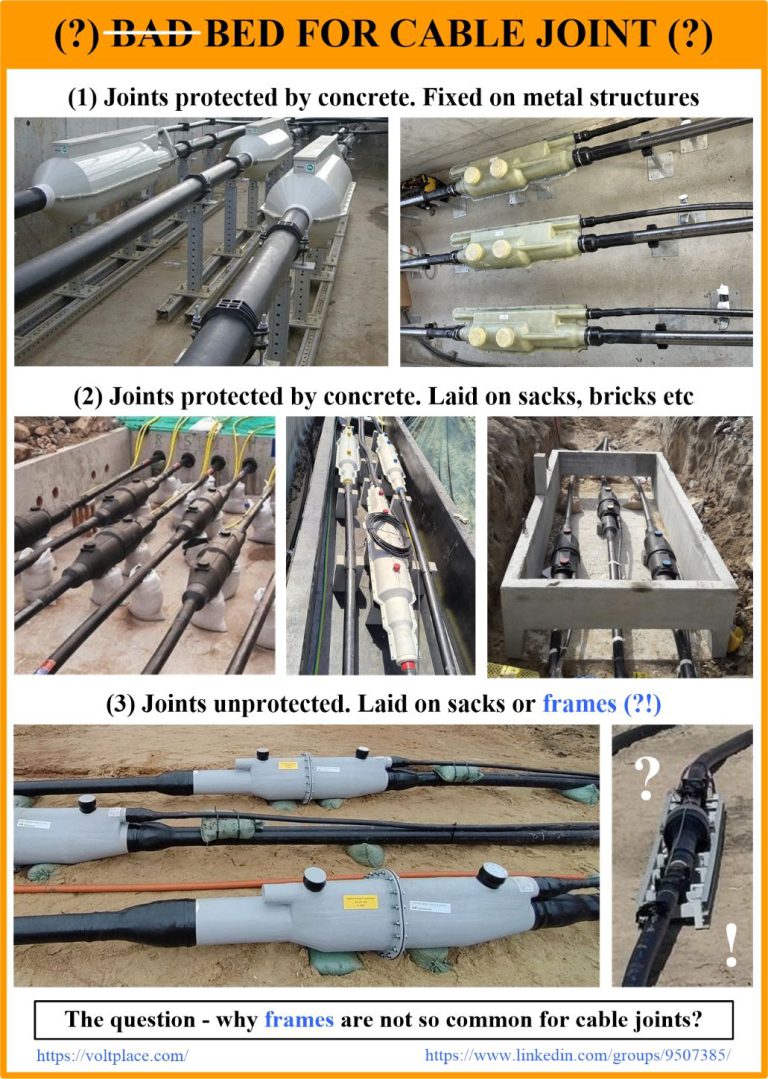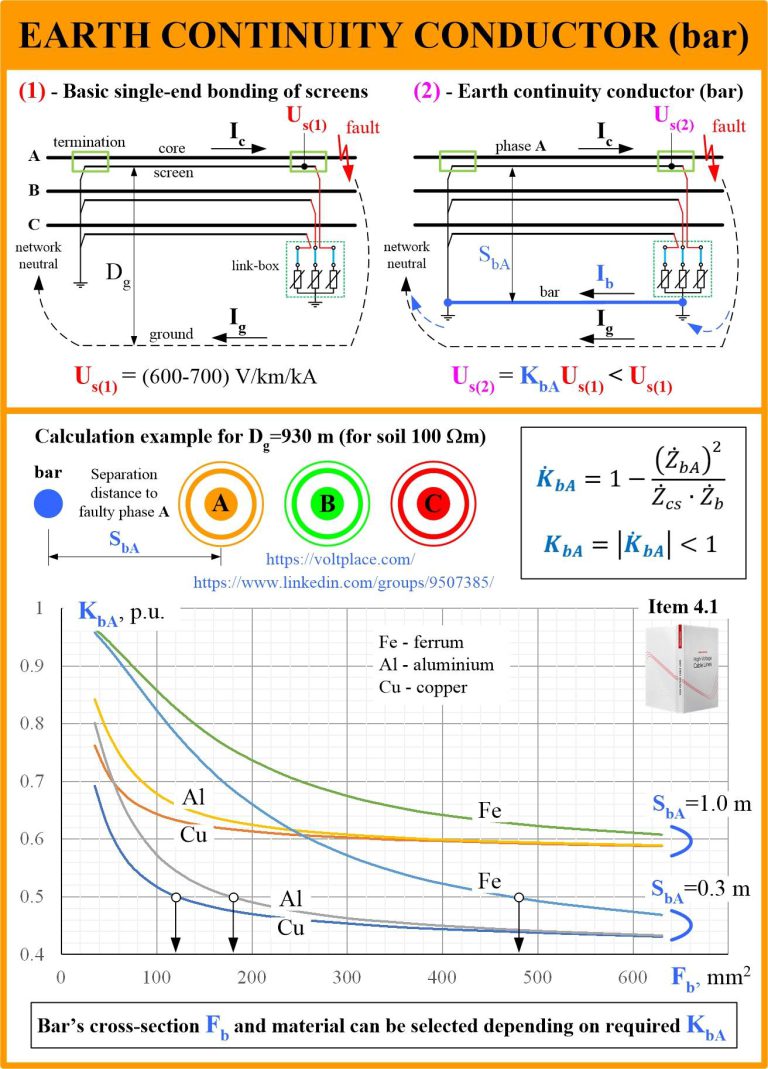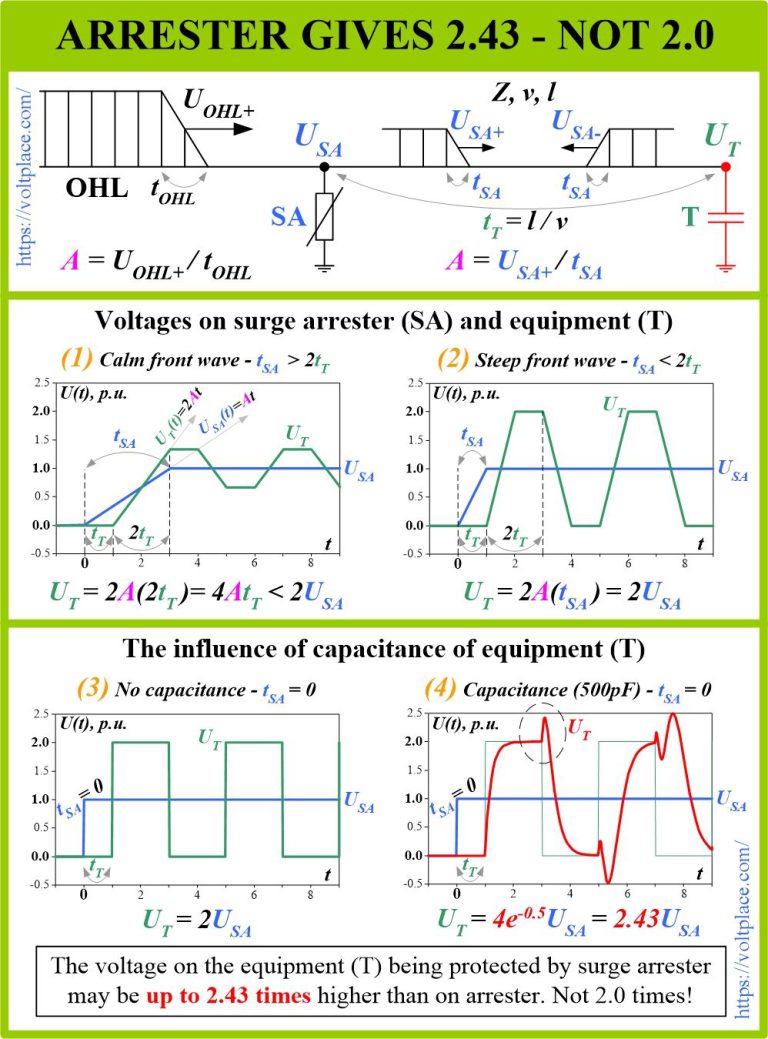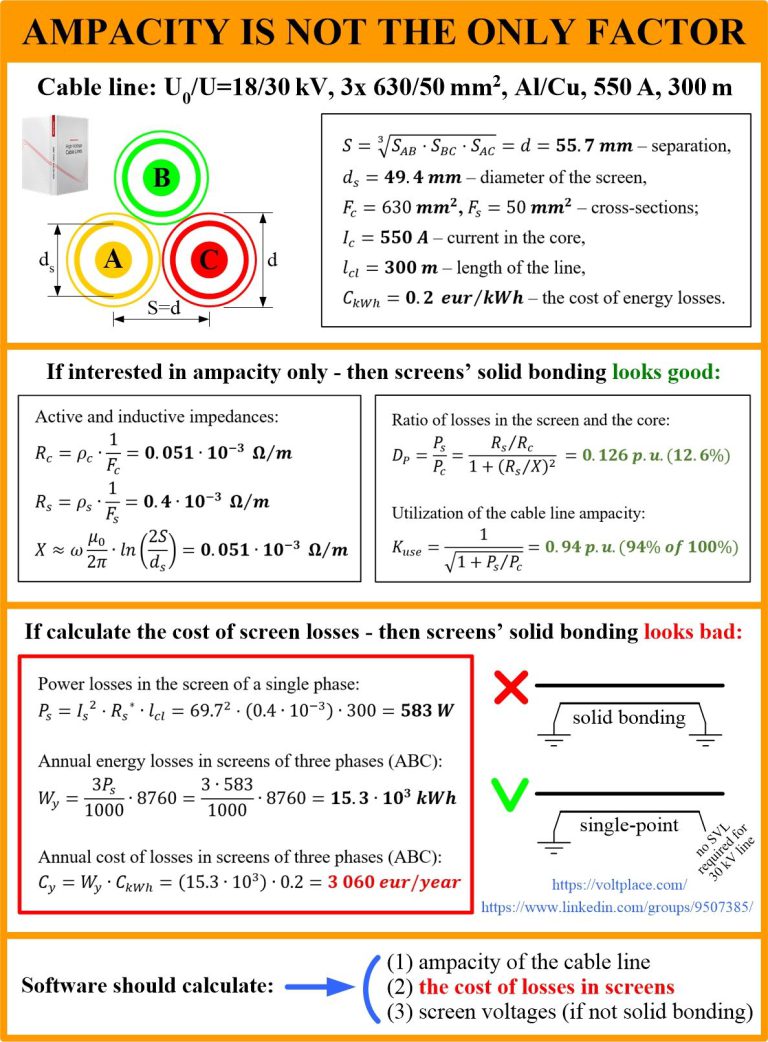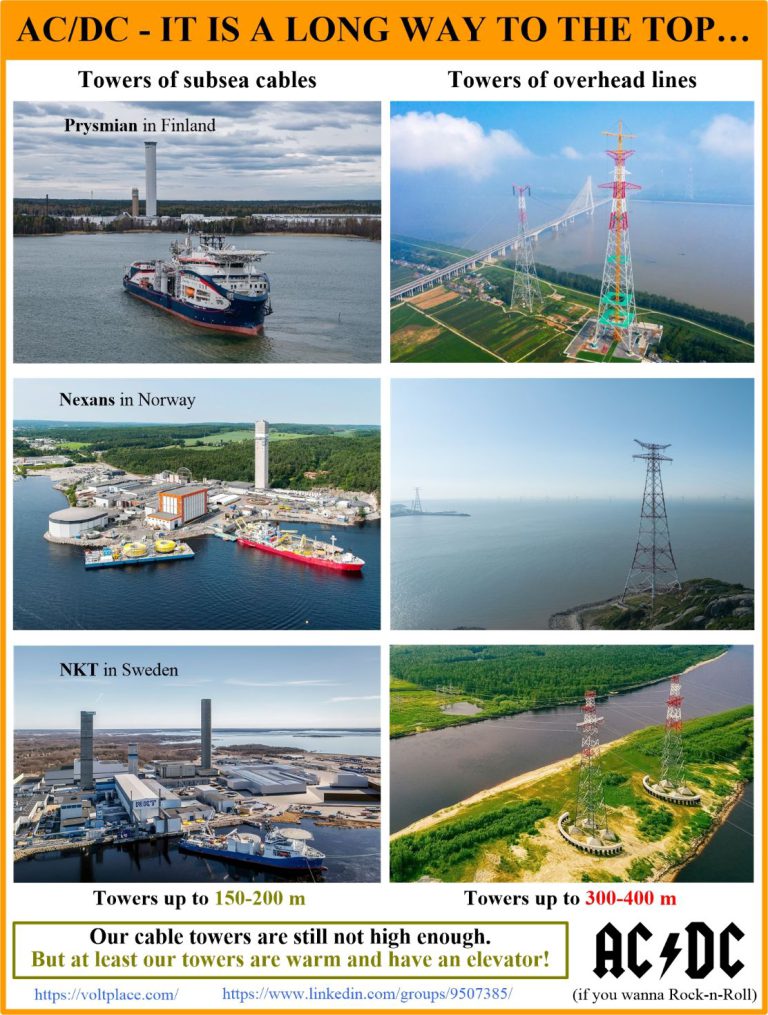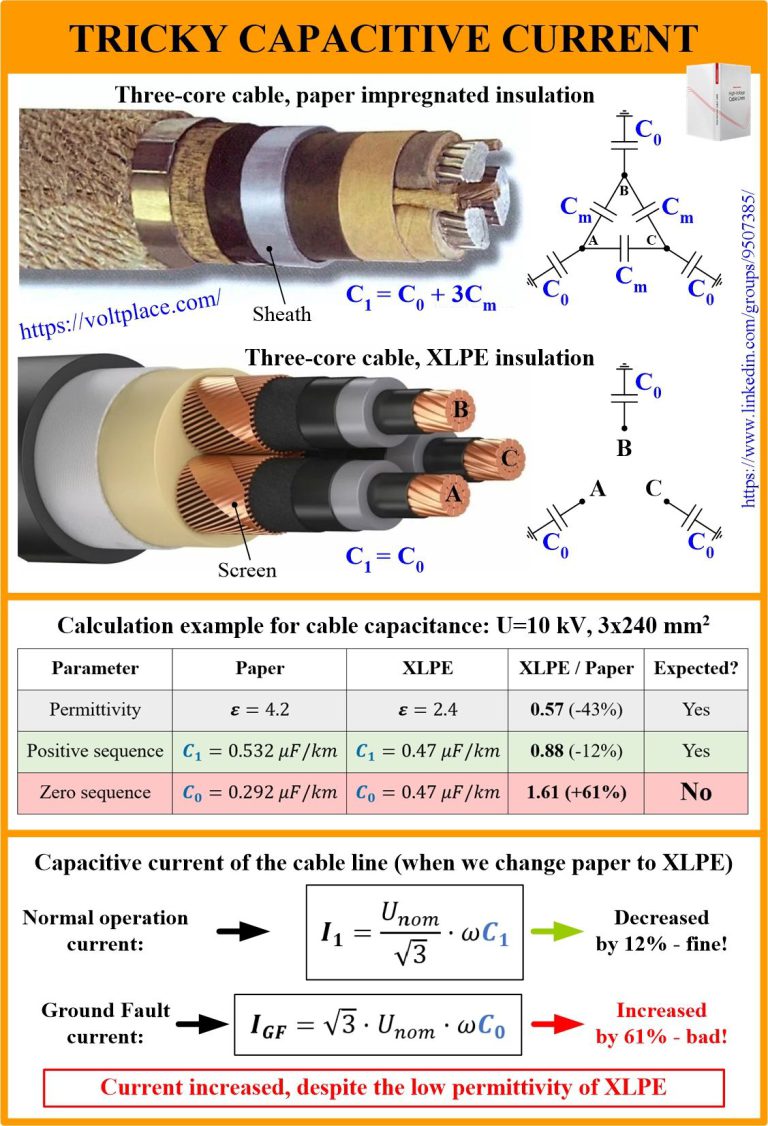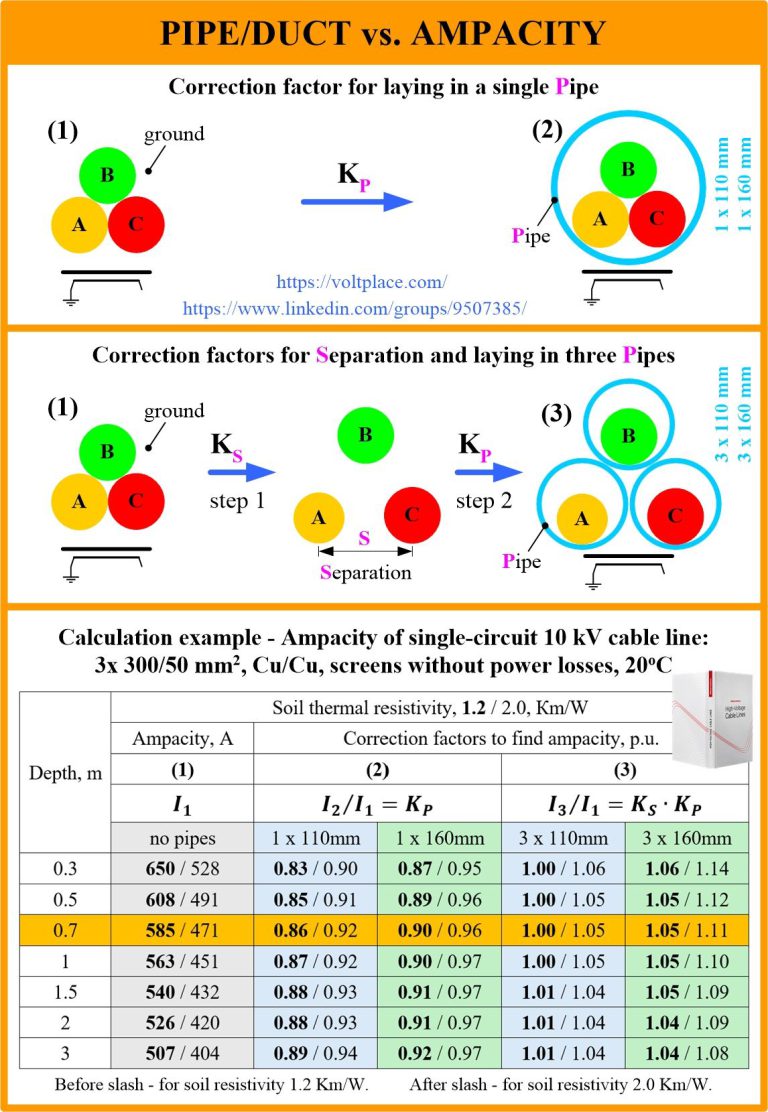Horseshoe for cable termination
It is believed that “we cannot have a closed contour of magnetic material around an AC single-core cable”. However, in practice, there are issues with the application of such a rule. For example, would the following contours be dangerous?➡️ it does not tightly cover the cable, but has large transverse dimensions;➡️ it has a side

